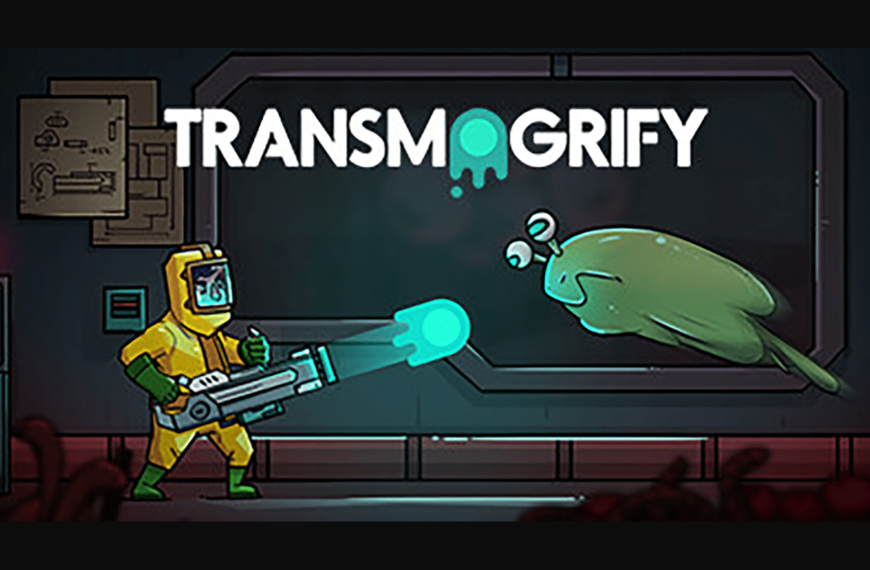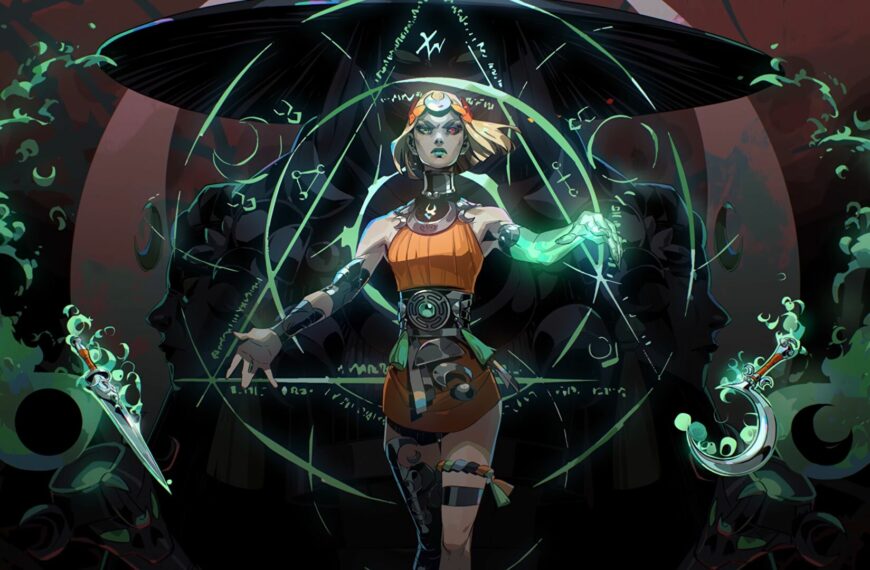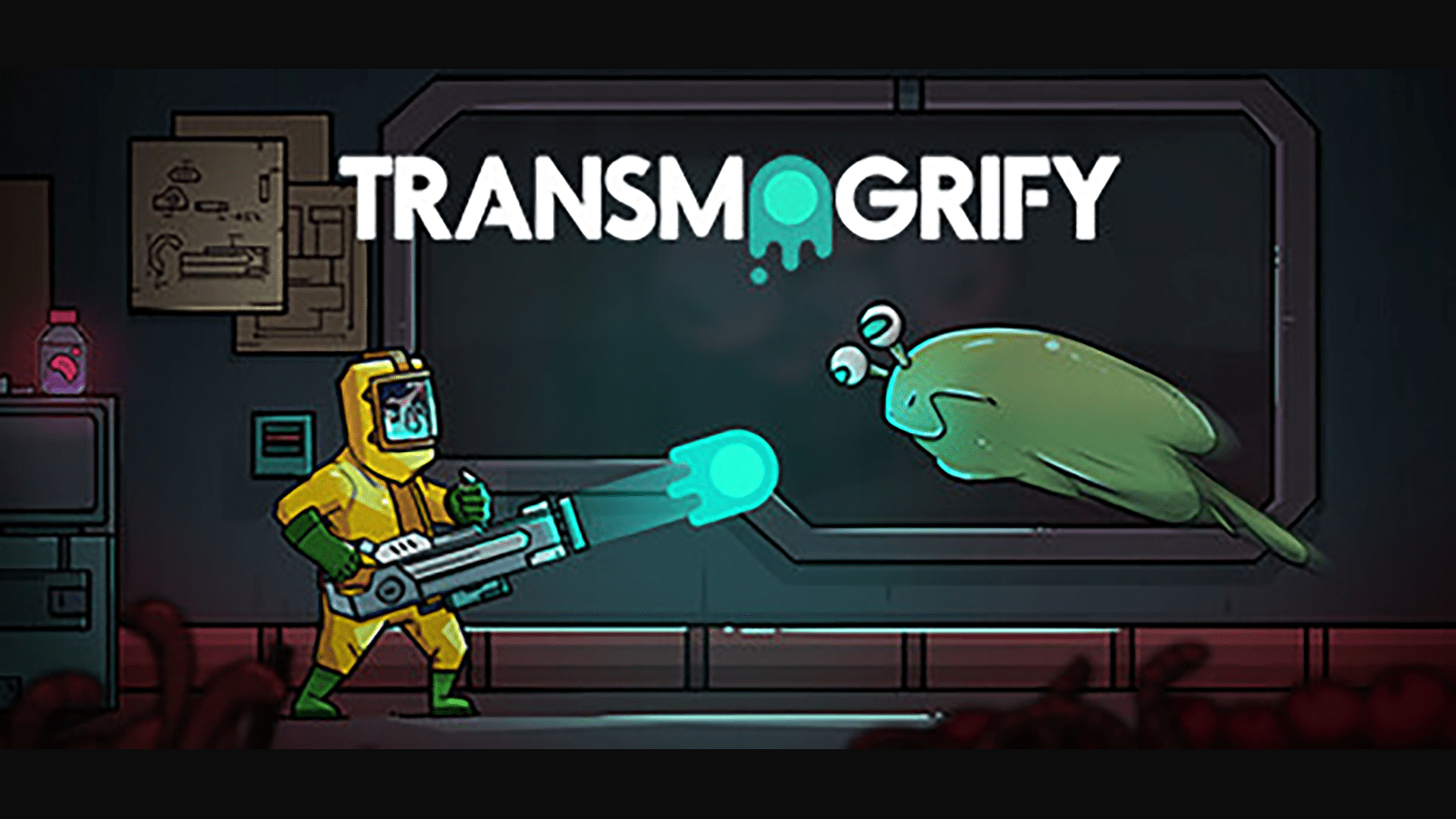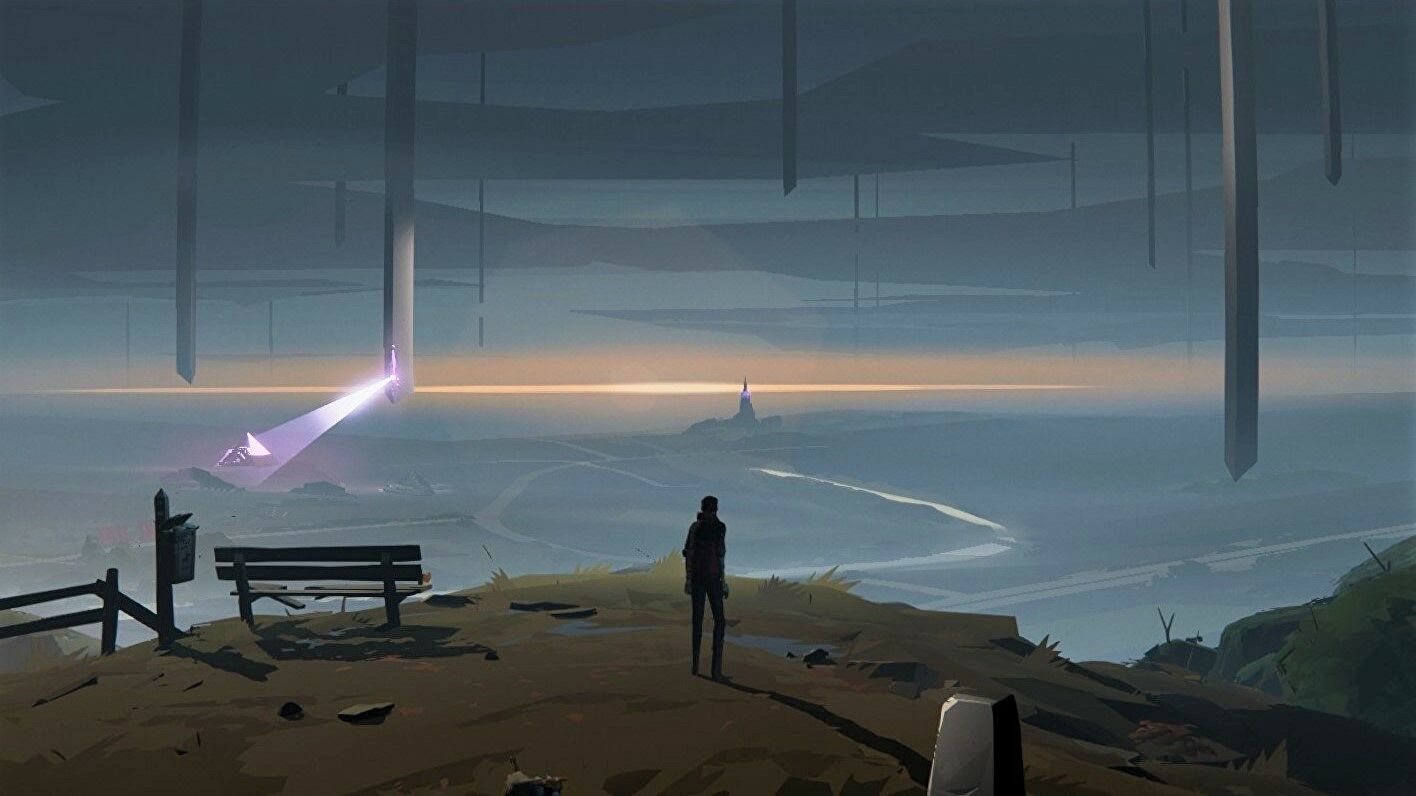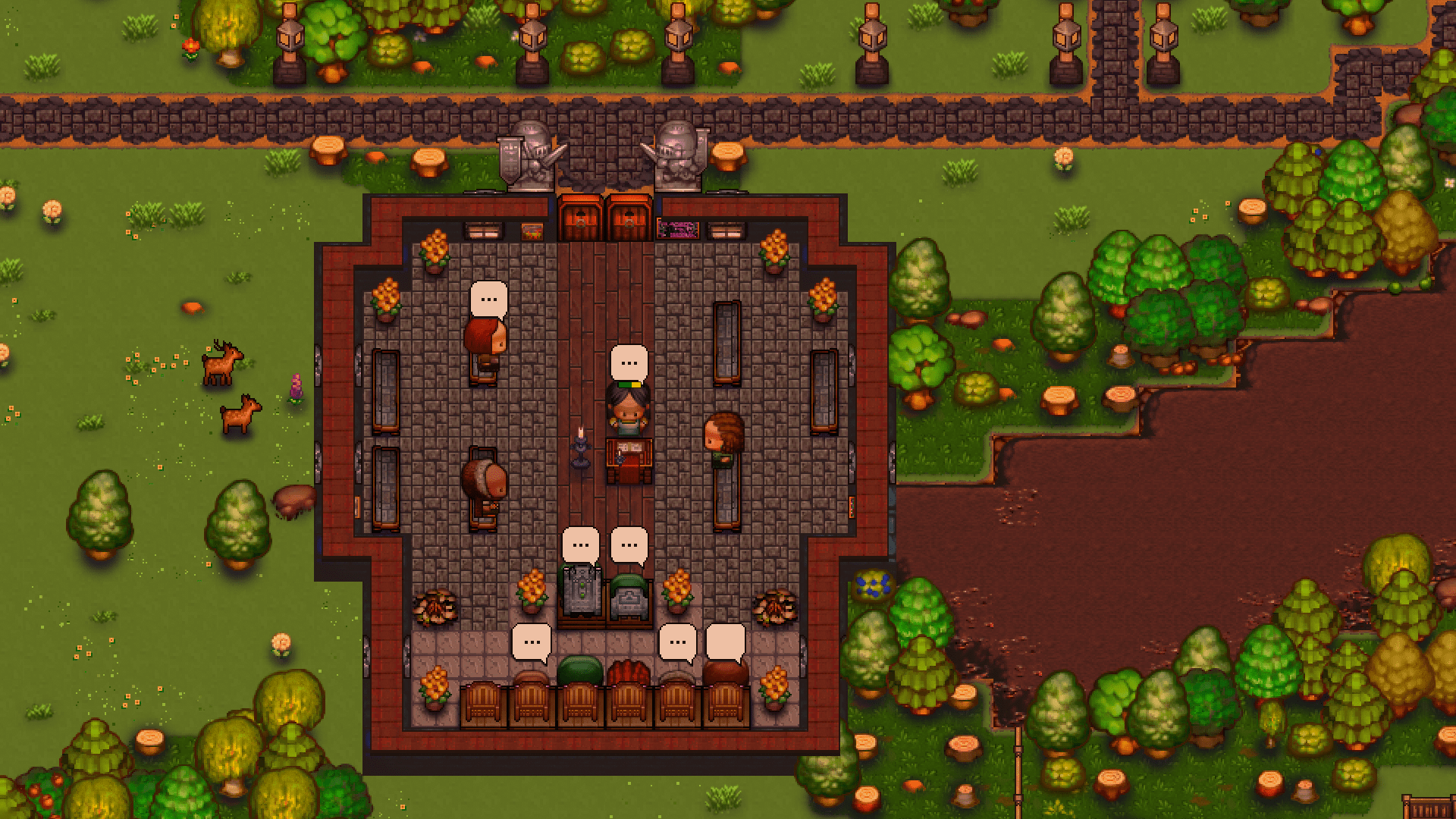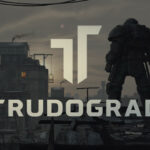Orbital Bullet bills itself as being a 360° Rogue-lite, and it’s easy to see why. The game takes place on a series of rings that you traverse as if on a conventional 2D Plane. It’s been a long time since I’ve played a game that forced me to think about special relationships in an entirely new way.
The game has a barely present excuse plot. You are the last remaining soldier fighting the evil intergalactic Dread Corp. that has humanity on the ropes. You uploaded yourself into a machine body so every time you die, you eject your consciousness into a new one and try again. The plot never gets any more complicated than this.
But this lack of narrative focus gives the developers plenty of room to push this game mechanically, and they certainly deliver.
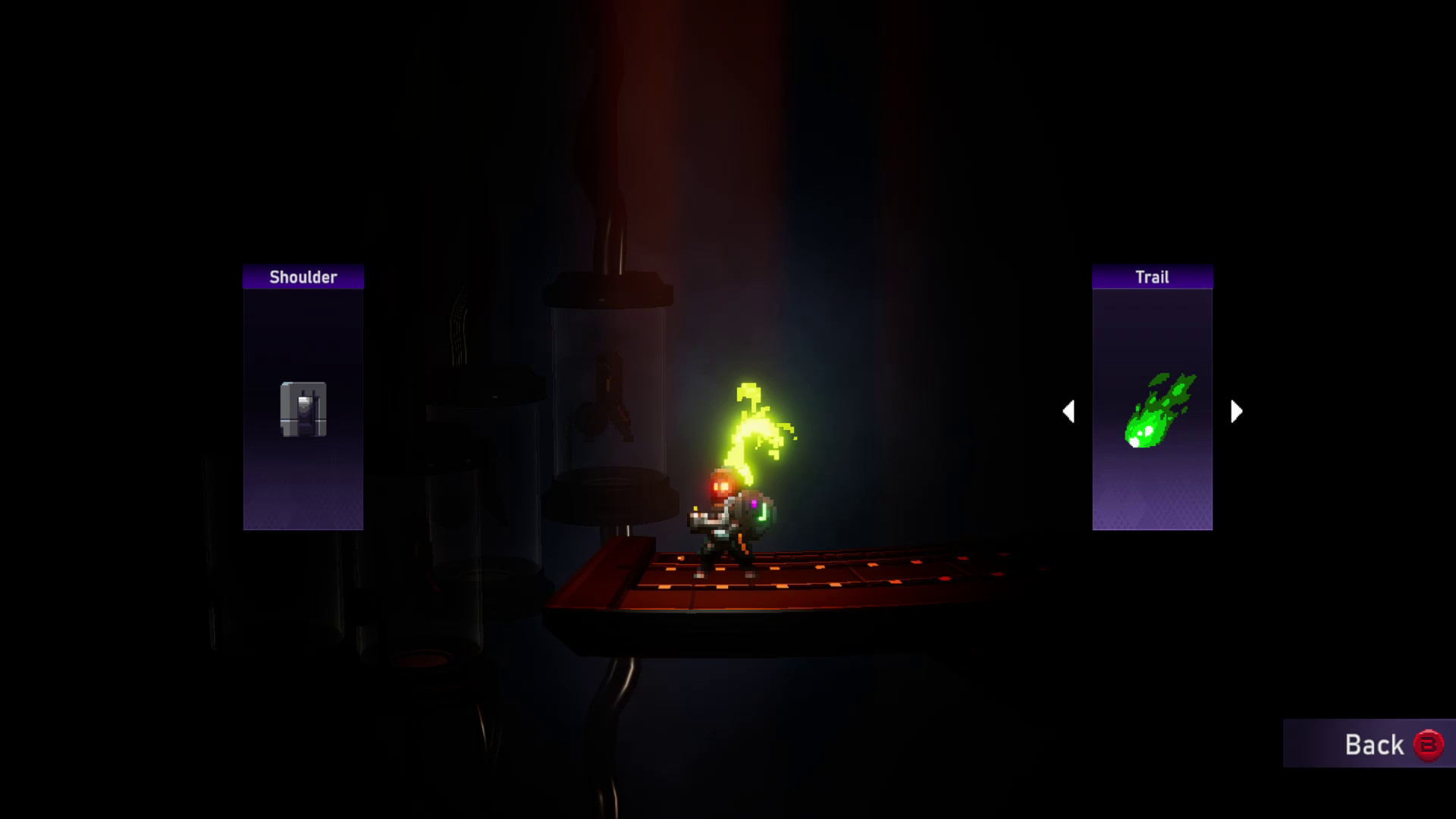
Luckily, You Cannot Shoot Yourself
Off the top of my head, I can think of only a single game that uses perspective the same way that Orbital Bullet does, and Fez was a puzzle game about cubes rather than an action game about cylinders.
Every single surface in Orbital Bullet is a ring. Moving left or right lets you freely move around this ring, and sometimes there are inner or outer rings you can switch between. Your projectiles curve to follow these rings as well.
It’s very rare for there to be anything in the very center of these rings, leaving most of them hollow. This is important because it means you can see the entire floor you are on at all times, including enemies as far away from you as possible. And since, again, your projectiles follow the ring as well, long-range weaponry can eliminate enemies that far away, or even by going all the way around the ring and hitting something directly behind you. This is a legitimate strategy against shielded enemies or enemies chasing you, by the way, not just a neat trick shot.
But before I go too far babbling about how cool the cylinder level design is, I should at least talk about the rogue-lite elements of this rogue-lite game. Here’s how it works. You have a home base you return to after every run. Here, you spend points on your skill tree to give yourself abilities, like uses of a healing item, but most of the nodes on the skill tree are passive bonuses or benefits, like increasing Merchant stock options or increasing your health and damage.
You also have four playable classes, which are all very similar but with a different active item and a handful of perks. These classes have a smaller skill tree you can use to unlock these perks and some other minor passive benefits.
Then there’s the weapon upgrade. Sort of. You don’t actually upgrade any individual weapon. Instead, weapons have levels, ranging from Level 1 to Level 5, with higher level weapons being stronger, of course. At the start of the game, your weapon spawns are limited to Levels 1 through 3. By spending Gears, you can raise the maximum and minimum levels, giving you access to (or guaranteeing) stronger weapons. There is a limit to this, as stated you can’t go above Level 5 and the minimum caps at Level 3, but it’s still a really fascinating way to handle progression, and gives you a lot of freedom of choice.
Speaking of freedom of choice, there’s also the weapon variety. At the start of the game, you have about a dozen weapons unlocked, which spawn in random chests or are sold by merchants. You lose any guns you have on death, naturally for the Rogue-lite genre, and have to find more. But a dozen weapons isn’t a lot if you want some good variety. So how do you get more? Sometimes enemies will drop weapon blueprints. While at your base, you can spend usually around 10 to 20 Gears to unlock a weapon once you have that blueprint.
Also Read
Transmogrify PC Review: The Best Way To Defeat An Enemy
Transmogrify is a game with a strong central idea let down by a shoddy execution resulting in an experience that is…
Defy the Gods as a Witchy Moon Goddess in Hades 2
Supergiant announces Hades 2 for 2023 at the 2022 Game Awards. The sequel promises dark sorcery, witchery, and more frenetic roguelike…
There’s also a system for acquiring upgrades I refer to as ‘investing,’ since the game doesn’t really give it a name. Basically, if you want to buy something on the skill tree or upgrade a weapon level, you can spend points for it even if you don’t have enough. Those points will carry over, letting you purchase something over the span of several runs. This is actually mandatory for the skill tree, as you lose unspent skill tree points at the start of a new run for some reason.
(I didn’t mention it earlier, but every upgrade has its own currency. Weapon Gears cannot be spent on your skill tree or class upgrades, etc.)
As for your runs? There are seven different worlds, but you can only ever see five of them on a single run. Every other world, the path branches and lets you choose between two different worlds. These are not random. The first split is always between the Jungle and Ocean worlds, for example. Each world is harder than the last and has its own gimmicks. For example, the Jungle has toxic mud or acid or something you zipline over and taller levels filled with stone blocks, while the Ocean is a sea base you descend rather than ascend like you do in the other levels.
The game also has Timed Chests. Basically, at set intervals (usually halfway through a world) you find a weapon chest with a timer on it. If you reach it before the playtime in the bottom corner reaches that value, you get the rewards. And Timed Chests are usually where the good stuff is. Interestingly, not only are the chests always in the same places, but they always have the same times on them. This lets you know exactly how much time you have to explore, and where you need to go if you’re in a hurry. It’s a clever way to handle the idea.
Each world, with the exception of the very first, ends in a boss fight. These bosses are excellent set pieces. Fully 3D modeled villains with stellar animation and attack telegraphs that make use of the ring-based level design in their own ways.
But the biggest change from run to run are your upgrades. While there’s only a handful of perks scattered throughout the world, like healing on kill or increasing your damage, you also have your own personal skill tree. Yes, in addition to that one I mentioned earlier. This one reset every time you die. And I do mean reset. Because each row of this tree is random. You start out with four nodes on the bottom row. Once you get far enough, you choose between two other rows of four, which connects to the lower row. Meaning you might have to buy a node you don’t want to reach one you do. This is where the biggest deviations in your build will come from. From rarely spawning grenades when you shoot an enemy to leaving a bomb behind when you dodge to giving you an attack drone, this skill tree gives you a lot of options. And again, you never know what you’re going to get. Improvising and adapting as you unlock new rows of this tree is key to success. I absolutely adore this system. It does everything a good Rouge-lite should.
It took me just over ten hours to beat the game. But if you’re itching for more, the game has a New Game Plus, as well as the Tower of Eternity. The Tower is an endless mode that removes all of your upgrades, but you get rewards for clearing certain floors for the first time in that mode. New Game Plus is called ‘Overcharge,’ which is good because saying you’re playing Overcharge Level 10 is much easier than calling it New Game ++++++++++.
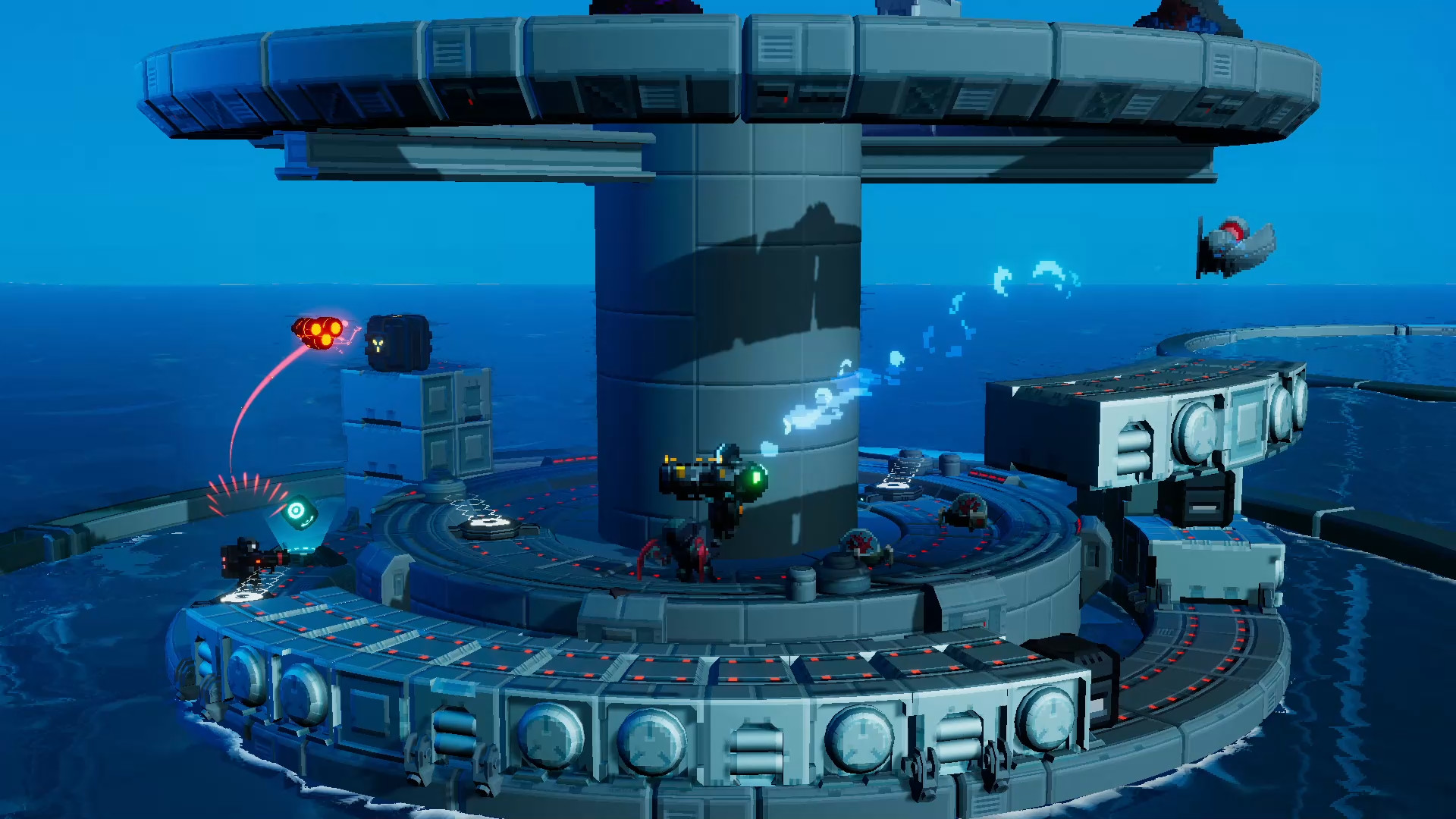
Is the World Flat or Round?
So first of all, the level design alone is stunning thanks to the perspective created by the cylinders you play on.
Second, the actual art is gorgeous. You, projectiles, and most of the enemies, are 2D pixel art sprites that seamlessly move about in the 3D space, though again, you treat it as a 2D plane. Like having a paper puppet moving around the outside of a tube.
On a functional level, every enemy is distinct, as is every gun and each of the four player classes. Enemies are animated well enough that many of them have a specific animation as a tell for when they attack. And all enemies have a warning indicator that appears overhead right before they attack. Bosses will do this sometimes as well for particularly sudden attacks.
Aesthetically, the pixel art is beautiful. While it is pixel art, it isn’t trying to imitate older games. It’s instead pushing the art ahead using pixel art as a medium. And the way it curves around the rings is completely mind-bending and I love it.
The 3D environments are also really impressive. Each world has its own visual theme. Interestingly, each world also has its own main color, telling you at a glance which world you’re on. And each world has its own theme as well, like how the Jungle is in and around giant trees. This further distinguishes them. And the textures have been made deliberately low-resolution resulting in what looks like 3D pixel art, because it kind of is.
I mentioned earlier that most of the enemies are 2D pixel sprites. And back in the gameplay section, I brought up how the bosses are fully 3D with superb animation. They aren’t the only ones. A handful of enemies are fully 3D models, and some of the sprites make use of the third dimension to an extent, like an enemy type with a large shield. Surprisingly, they don’t stand out as odd, even surrounded by their flatter contemporaries. They also turn into 2D sprites as corpses when you kill them. This is because of a specific ability you can unlock during a run, but it’s also very amusing.
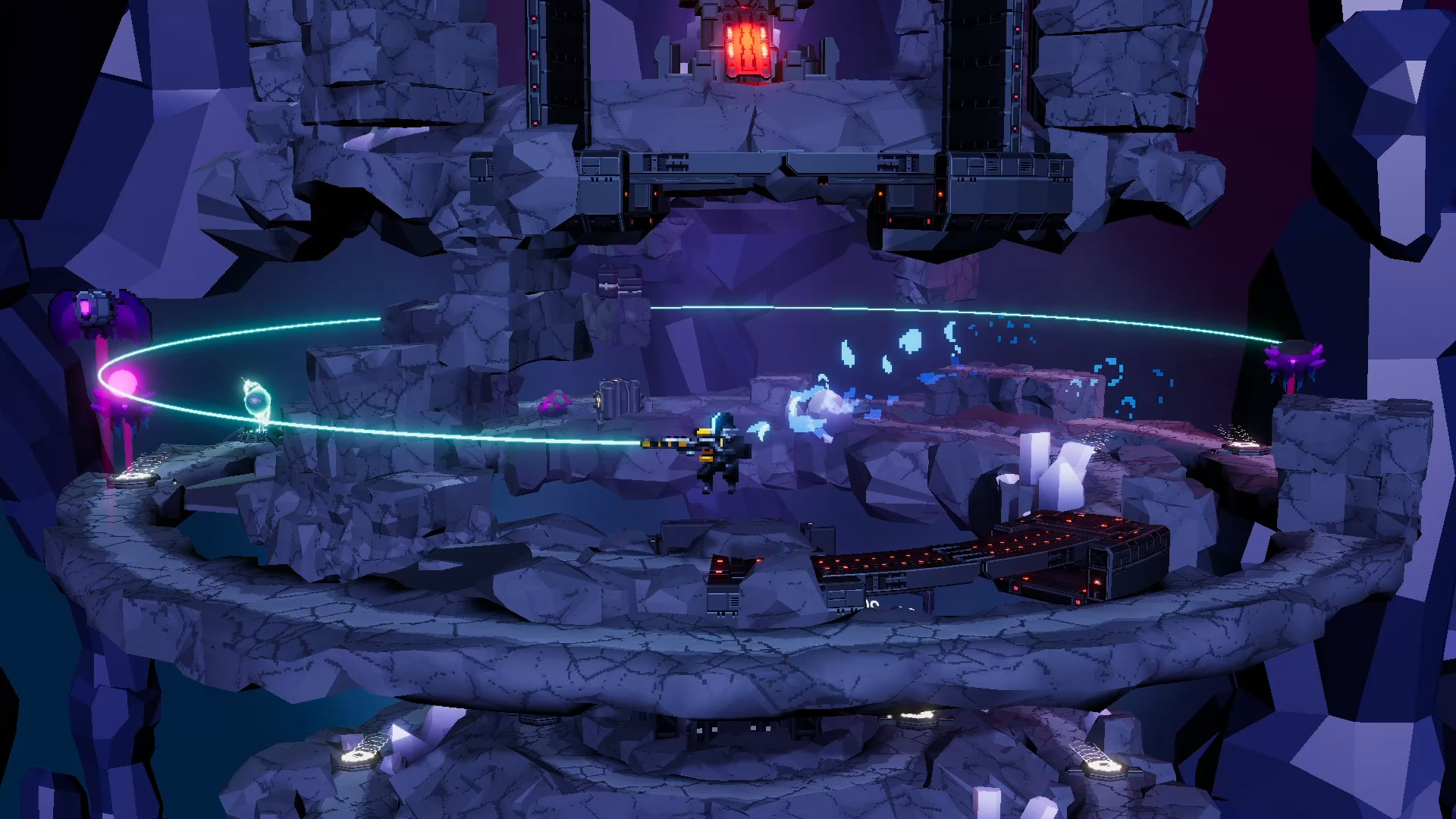
Rat-A-Tat-Tat
I really love the Orbital Bullet soundtrack. It’s a sort of techno-rock mix, with each world getting its own bombastic soundtrack. Not to mention the boss theme suddenly escalating when the second phase kicks off.
The sound design is excellent. Each of the four weapon types has its own distinct sound. You’ll never mistake a Laser Weapon for a Flak Weapon. That’s not to say that weapons of the same category all have the same firing sound. They don’t. They’re all different. And wonderfully crunchy.
Certain sound effects are also universal. The crit sound is the same no matter who you’re landing a critical hit against, for example. All deflected attacks make the same high-pitching pinging noise. So even in a tense situation against multiple opponents when you can’t visually track everything, your audio clues helpfully keep you informed.
Remember that warning indicator I mentioned that some attacks get? Yeah, that has an audio cue too. Orbital Gear is really well designed, what can I say?
The sound font is clearly retro-esque but not quite actually retro. The closest approximation I could use as an example is a sound effect that was audibly compressed, but only slightly. It works really well and fits the pseudo-retro look created by the 3D environments texturing I mentioned earlier.
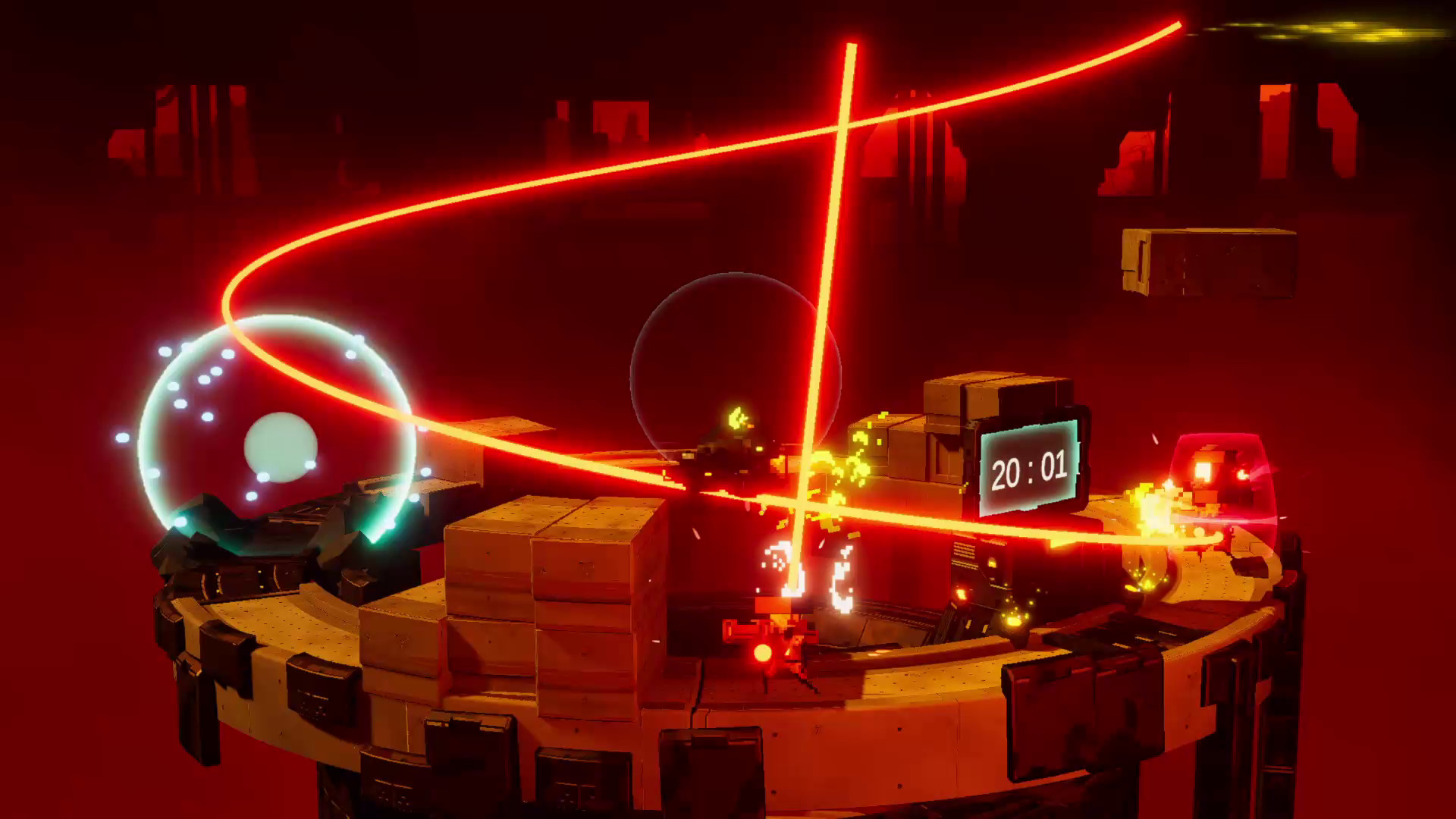
Conclusion
Orbital Bullet is a good game. There’s technically less plot than even the first Mario games since your princess isn’t even in another castle, but again, sometimes a developer knows what and when to prioritize. And they prioritized making a tight, excellent rogue-lite with some really interesting innovations on the formula. And there’s so much more I didn’t have time to cover, too.
Our Rating
Visuals
Sound
Gameplay


